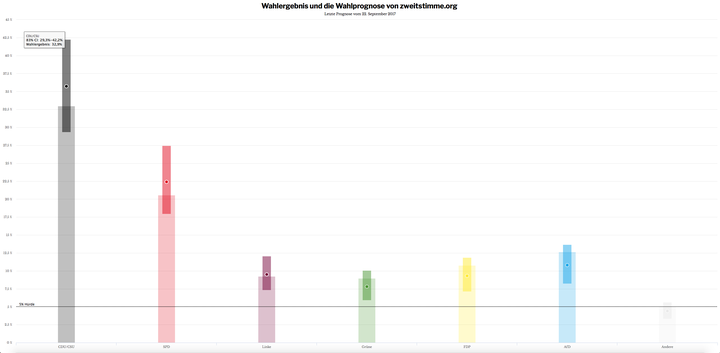An Approach to Predicting the District Vote Shares in German Federal Elections

Abstract
Almost half of the total seats in the German Bundestag are awarded through first-past-the post elections at the electoral-district level. However, many election forecasting models do not consider this. In this paper we present an approach to predicting the candidate-vote shares at the district level for the German Federal Elections. To that end, we combine the national-level election prediction model from zweitstimme.org with two district-level prediction models, a linear regression and an artificial neural network, that both use the same candidate and district characteristics for their predictions. All data in our approach are publicly available prior to the respective election; thus, our model yields real forecasts. The model is therefore able to provide valuable information to running candidates and the interested public in future elections. Moreover, our prediction results are also relevant for substantive research; with the aid of the resulting odds of winning, better measures can be created to characterize the competitiveness of an electoral district and the expected closeness of electoral-district elections, which can influence political behaviour. Furthermore, the prediction allows empirical statements to be made about the expected size of the Bundestag as well as the composition of its personnel.